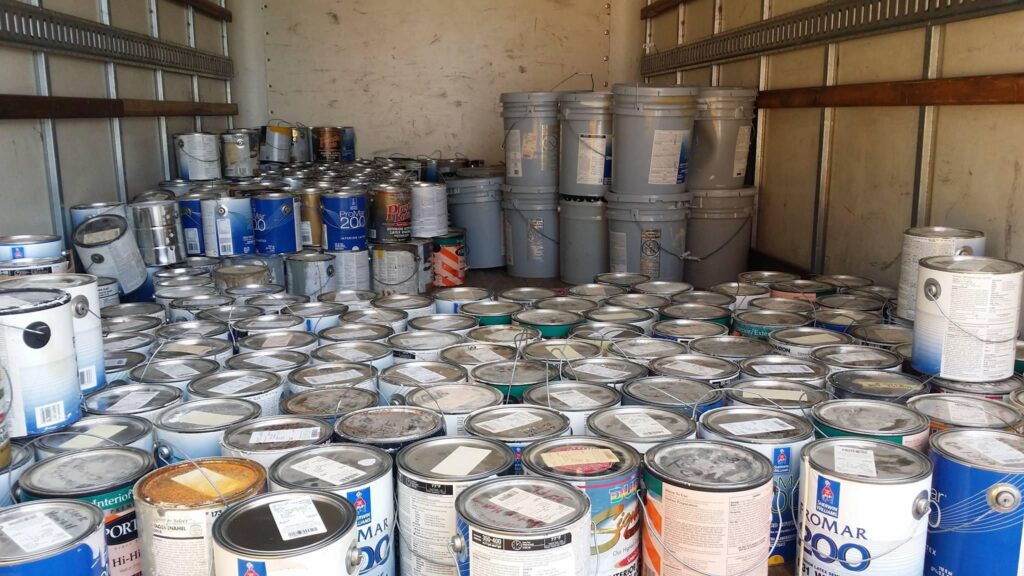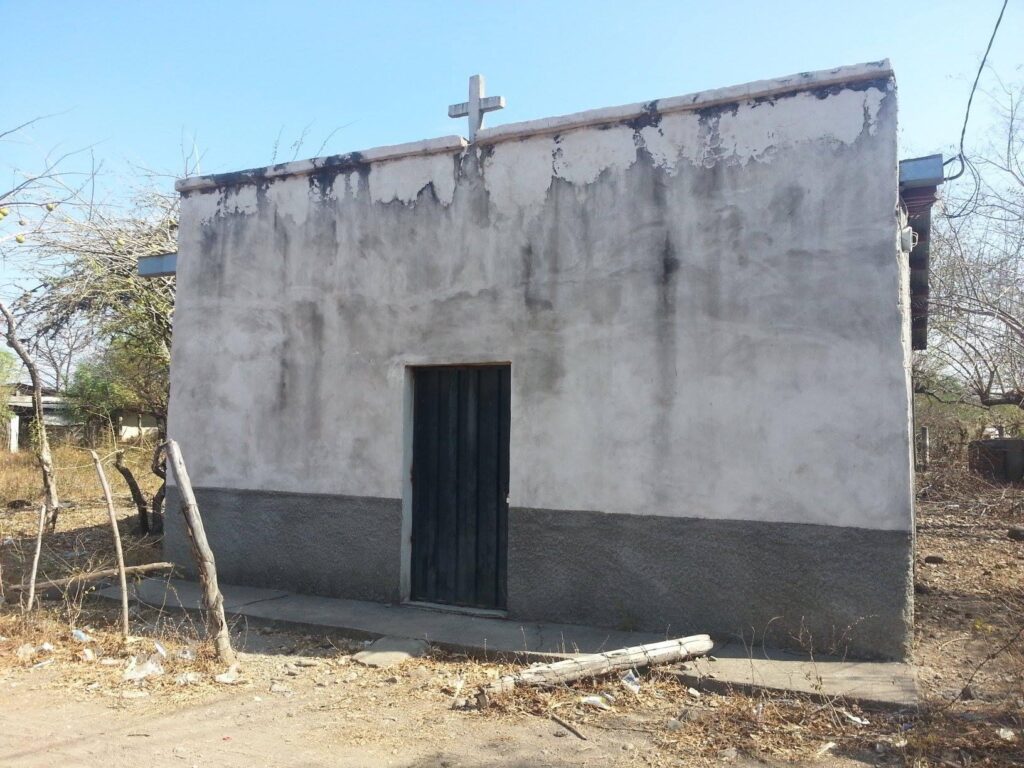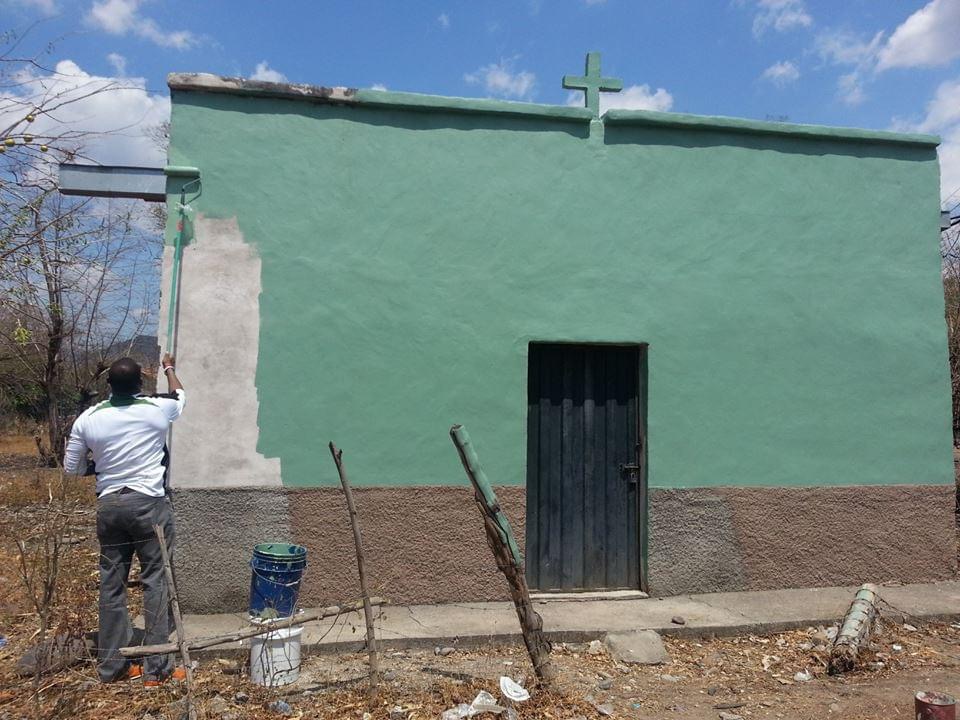Growing up in rural Haiti, Rony Delgarde didn’t have a colorful wall in his home, school or any nearby buildings, yet one assignment changed his life forever.
Delgarde’s teacher once asked his class to submit an essay describing their career and life goals. Struggling to read or write, he stared at a blank page and decided to draw instead. In his elaborate picture, he drew detailed, vibrant buildings along the streets of Haiti.
After turning the assignment in, his teacher failed him and asked why he drew a picture instead of writing as the assignment demanded.
Now, Delgarde is founder and CEO of Global Paint for Charity doing the work his drawing foreshadowed so many years ago.

Global paint, as it is commonly referred to, donates recycled paint to 44 countries across the globe. In addition, the nonprofit organization offers recycled paint at a discounted price to stateside artists who might not have the funds to support their budding careers. These donated paint supplies now cover the walls of third-world countries’ schools, homes and other buildings or foster the creativity of less fortunate artists trying to express their talents across the entire United States.
When asked why Delgarde started this non-profit, he said in a simple response, “There is a personal side to every story.”
After arriving in colorful Miami, Delgarde was taken aback by the bright buildings with paint covering every inch. It’s a luxury taken for granted by the everyday American citizen but a never-before-seen beauty for an immigrant from Haiti like Delgarde.
“Where does all of that paint come from?” asked Delgarde after arriving in America. “How does a building that big have enough paint to cover it all?”
An idea was born that would revolutionize paint waste.
“One gallon of paint can contaminate up to 250,000 gallons of drinking water,” Director of Strategic Projects Kenneth Cottrell said.

Paint’s biohazardous footprint is detrimental to our environment as most paint contains regulated metals like cadmium, chromium, lead, silver, barium, mercury, arsenic and selenium. These metals can be found in water-based and oil-based paint or paint thinner and all require proper disposal with chemical waste pick up services; however, people often toss these paints into regular trash or recycle bins just for them to be disposed of in landfills or burned. Thus, a footprint degrading our environment is left by paint across the globe, and leftover paint is not put to good use.
On the other hand, in order to paint schools, homes and other buildings in underprivileged countries, many communities use natural resources such as trees, soil, fruits and vegetables to create colorful powders that are boiled into paints. These less fortunate communities have to deforest and exhaust their natural resources just to colorize their kitchens.
Enter Global Paint.
Global Paint takes paint from homes, construction projects, paint drives, etc., and transports what would be wasted to underprivileged communities for them to quit using their resources to beautify their neighborhoods. Stateside, local artists have to purchase what would be a gallon of paint that ranges from $20 to $185 at your nearby hardware store; henceforth, Global Paint’s recycled paint provides a creative outlet for these artists to purchase paint at a discounted price of $5 to $10 so their imaginative careers can flourish.


Although Global Paint’s efforts may seem like a silver bullet to wasted paint, its mission has limitations that govern its overarching goal.
“Paint is heavy,” Delgarde said. “Transporting gallons and gallons of paint is no easy task and not cheap, especially getting paint to other countries.”
While volunteers are used at paint drives to organize the events, paid help is sometimes mandatory to lift, pallet and move the copious amounts of paint gathered at these drives, said Cottrell. Donations are key to Global Paint’s success, not just paint donations but fiscal donations to help pay for box trucks, pallets, help, and much more at these paint drives.
Despite these obstacles that curb Global Paint’s work, the organization has collected or reused nearly 360,000 gallons of paint over the past decade that would otherwise be in a landfill.
It all became evident that Global Paint’s efforts were, in fact, useful when Delgarde returned home to Haiti. After being scolded for drawing on an essay assignment in school, Delgarde arrived back in Haiti to find his hometown community completely decorated with Global Paint donated supplies.
The bland community he once knew was now a lively, colorful town.
“I got emotional,” said Delgarde. “The street looked identical to my drawing from that assignment. It was beautiful.”
Hamilton Culpepper is a senior majoring in journalism at the University of Georgia.








Show Comments (0)